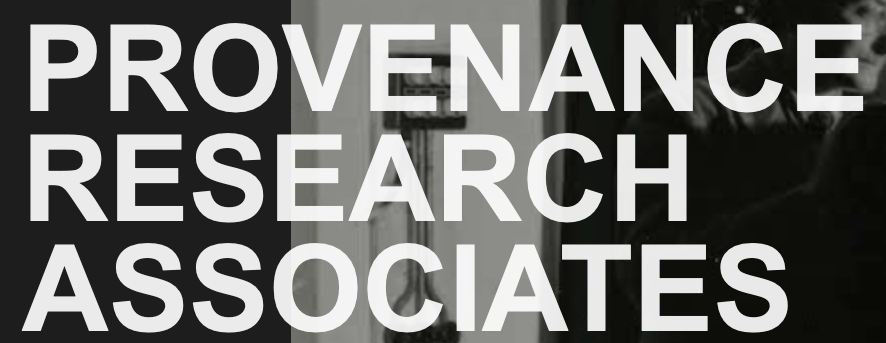Kim Levin reviews ‘Alexander the Great: The Iolas Gallery 1955-1987 at Paul Kasmin
The influential intercontinental art dealer Alexander Iolas, active between 1945 and 1987, has been called the “proto-Gagosian” of his day because he had galleries in Athens, Rome, Geneva, Madrid, Milan, New York, and Paris. A former ballet dancer and a grand eccentric, he was passionate about art and artists, had an impeccable eye, and introduced artists to one another. He made grandiose pronouncements about art versus commerce and followed his own whims and tastes, which were grounded in Surrealism.
As director of the small Hugo Gallery from 1945 to 1955, Iolas gave Max Ernst, René Magritte, and Dorothea Tanning their earliest shows in New York. He had a soft spot for the work of François-Xavier and Claude Lalanne. Later, at his own galleries, he exhibited Man Ray, William N. Copley, Joseph Cornell, Roberto Matta, Yves Klein, Jean Tinguely, Paul Thek, and Ed Ruscha. He gave Jules Olitski his first groundbreaking show, in 1958. In 1945, he met the 17-year-old Andy Warhol and in 1952 gave him his first gallery exhibition. Iolas gave Warhol his last gallery show, too, commissioning a “Last Supper” series that was shown in Milan in 1987 shortly before the deaths of both artist and dealer.
And yet, Iolas’s name had somehow vanished from memory until this revelatory show. Kasmin’s walls—painted royal purple for the occasion—sported atypical examples from Iolas’s collection. They ranged from de Chirico’s Palafreniere con due cavalli (1937), a painting presumed to be of Iolas as a young dancer cavorting with two horses, to Thek’s little red dinosaur on newsprint. There was a portrait of Iolas by Warhol and a bronze bust of Iolas by Claude Lalanne, better known for her animals. There was Copley’s hand-painted bottle, which Iolas gave to Magritte and his wife, a Jannis Kounellis panel with a dangling Duchampian birdcage, and a fleshy rococo painting by Tanning. Iolas had a sensibility that could find common ground between Ernst and Ruscha, between Magritte’s blocky blue skies and Klein’s intense blue gestures, or between a Lucio Fontana puncture piece and a Niki de Saint Phalle, who aims a shotgun in a video still—no doubt at one of her own early buckshot works.(…more at ARTnews and Paul Kasmin Gallery websites…)
